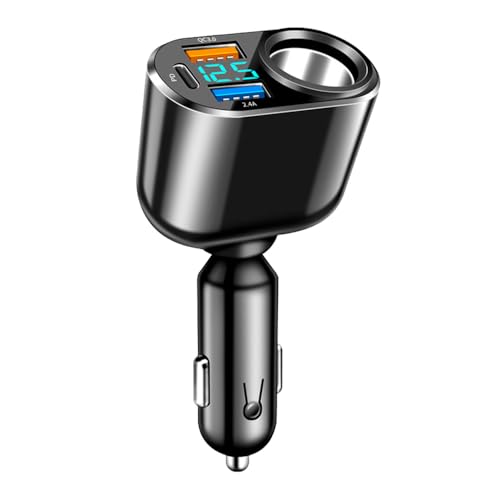I have a 2017 FFE with ~55,000 miles on the odometer. I noticed what seemed to be an abrupt reduction in my range with the onset of colder weather, so I purchased the OBDLinkEX and the FORScan utility. As I more or less expected, I'm seeing all cells reporting ~4.05 volts, except of course Cell #25, which is showing 3.88 volts.
Is there anything that can be done to stop the degradation of Cell #25? The owner's manual recommends replacing the coolant and coolant filter at 10 years. I wonder if the battery coolant is failing to adequately cool Cell #25. Has anyone investigated this?
Failing that, can anyone give me a rough guess on how much longer I have before my range falls off a cliff?
Is there anything that can be done to stop the degradation of Cell #25? The owner's manual recommends replacing the coolant and coolant filter at 10 years. I wonder if the battery coolant is failing to adequately cool Cell #25. Has anyone investigated this?
Failing that, can anyone give me a rough guess on how much longer I have before my range falls off a cliff?





















![4 Ports Fast Car Charger,[Upgrade Voltmeter Display] PD+QC3.0 Car Charger Adapter for 12-24V Cigarette Lighter Plug,Phone Charger Compatible with iPhone/Android/Samsung/iPad(QC3.0+PD+2.4A+2.4A)](https://m.media-amazon.com/images/I/41fxaOeWS4L._SL500_.jpg)









